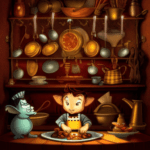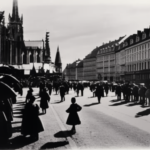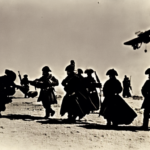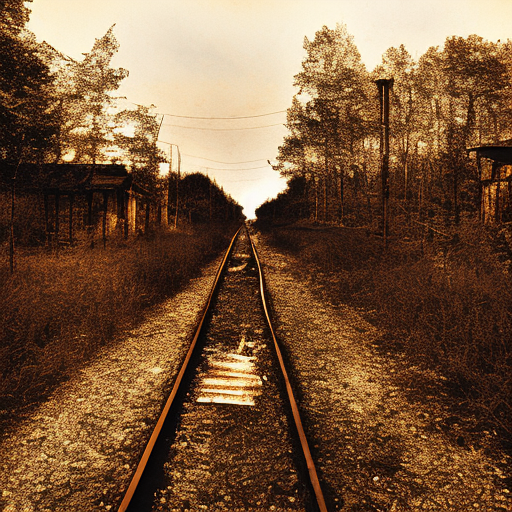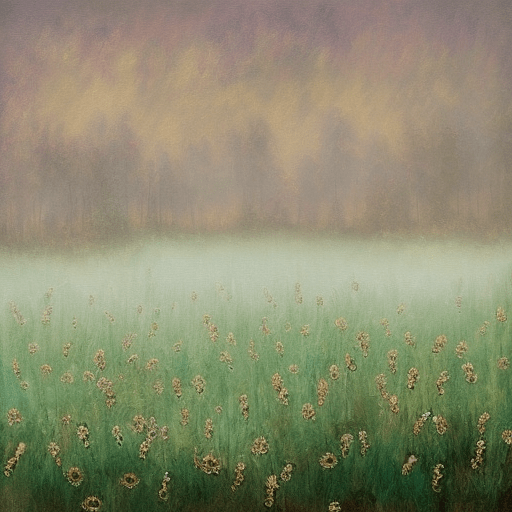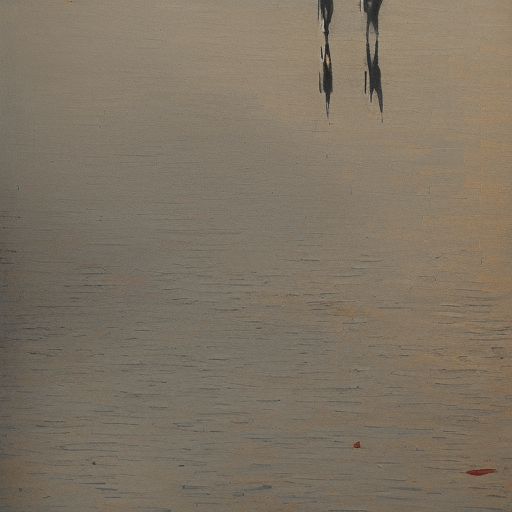Summary of “Pather Panchali” by Satyajit Ray
One-line summary: “Pather Panchali” is a poignant coming-of-age story set in rural Bengal, India, that explores the joys and struggles of a young boy named Apu and his family.
Main Cast and Crew:
- Director: Satyajit Ray
- Writer: Satyajit Ray (based on the novel by Bibhutibhushan Bandyopadhyay)
- Key Actors: Kanu Banerjee (Harihar Roy), Karuna Banerjee (Sarbojaya Roy), Subir Banerjee (Apu), Uma Dasgupta (Durga), Chunibala Devi (Indir Thakrun)
- Music Director: Ravi Shankar
- Director of Photography: Subrata Mitra
- Producers: Satyajit Ray, Bansi Chandragupta
Plot:
Set in the 1920s, “Pather Panchali” follows the lives of the Roy family in the rural village of Nischindipur, Bengal. Harihar Roy, a struggling poet, lives with his wife Sarbojaya, their daughter Durga, and their young son Apu. The family faces poverty and hardship, but they find solace in their love for each other.
The film explores the bond between Durga and Apu, as they navigate the challenges of their impoverished existence. Durga, a spirited and mischievous girl, often ventures into the neighboring fields and steals fruit. Apu, a curious and observant boy, finds joy in exploring the world around him.
As the story unfolds, tragedy strikes the family. Durga falls ill and eventually passes away, leaving the family devastated. The loss of their beloved daughter deeply affects Harihar and Sarbojaya, who struggle to come to terms with their grief.
Despite the hardships, “Pather Panchali” also highlights moments of beauty and wonder. Apu discovers the joy of the train passing by their village, symbolizing the allure of the outside world. The film captures the essence of rural life, with its vibrant festivals, lush landscapes, and the simple pleasures found in everyday moments.
Themes and Motifs:
“Pather Panchali” explores themes of poverty, family, and the pursuit of dreams. It delves into the resilience of the human spirit in the face of adversity. The film also examines the contrast between rural and urban life, as Apu’s curiosity about the world beyond his village grows.
Ray masterfully weaves motifs of nature throughout the film, using them to reflect the characters’ emotions and experiences. The train symbolizes hope and escape, while the sound of the bamboo flute evokes a sense of longing and nostalgia.
Reception and Legacy:
Upon its release in 1955, “Pather Panchali” received critical acclaim and garnered international recognition. It won several awards, including the Best Human Document award at the 1956 Cannes Film Festival. The film’s success marked the beginning of Ray’s illustrious career and established him as one of India’s most influential filmmakers.
“Pather Panchali” is considered a landmark in Indian cinema and is often hailed as one of the greatest films ever made. Its realistic portrayal of rural life, nuanced characters, and poetic storytelling have left a lasting impact on filmmakers worldwide.
Recommendation:
“Pather Panchali” is a must-watch for cinephiles and those interested in exploring world cinema. It offers a profound and moving experience, capturing the beauty and struggles of life through the eyes of a young boy. Satyajit Ray’s directorial debut is a timeless masterpiece that continues to resonate with audiences.
Memorable Quote:
“Listen, Apu, life is not just about the good things. It has its share of sorrow too. You must learn to accept both with equal serenity.” – Sarbojaya Roy

